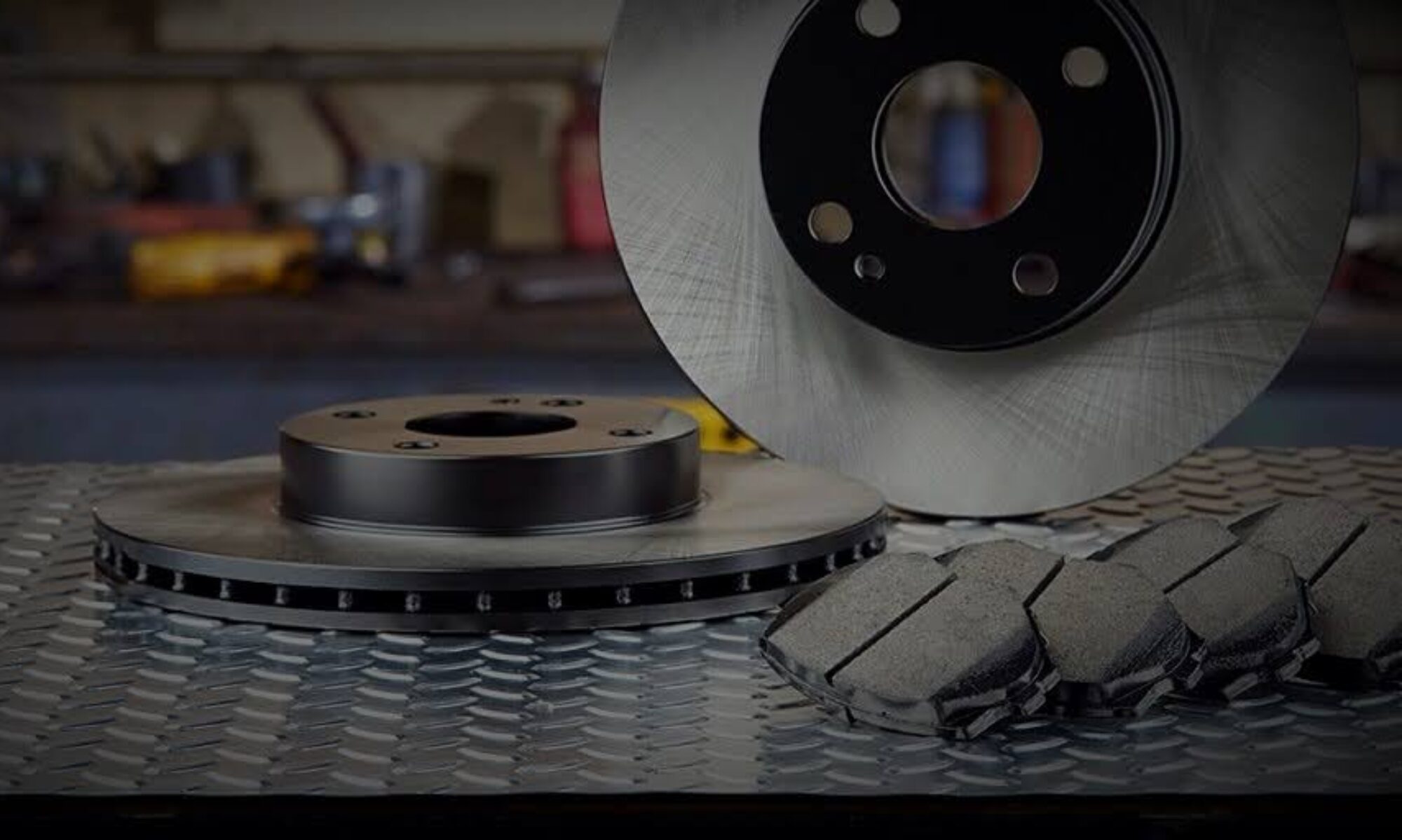Long haul truckers must often replace brakes and there is infrastructure built into the highway system in case there is a brake failure. All this money expended on infrastructure could’ve been put into a better braking design that has redundant systems tor optimized use and backup potential. On average truck brakes must be replaced every 50,000 miles where an average brake job will cost around $1400-1800. For semitruck businesses with large fleets this presents a large financial burden that compromises their revenue and operating times.
Moreover, typical disk or drum brakes are prone to brake fade which can potentially lead to dangerous situations of braking loss/instability. In extremely cold regions, brake-line ruptures and fluid seizure/vaporization lead to loss of braking and an unusable vehicle. Research conducted by the Federal Motor Carrier Safety Administration (FMCSA) finds that brake-related problems cause 29% of 18-wheeler accidents on the road [source: FMCSA]. In large trucks, these brake failures not only cause a problem for the driver but for other passengers on the road.
The existing technology to solve this problem, compression brakes, are not excluded from the maintenance procedures and emit large amounts of noise pollution. This poses a problem for semitruck companies as their trucks cannot navigate residential neighborhoods or use their compression brakes in restricted areas. Jacobs Vehicle Systems, the leading manufacturer of engine brakes, measures the noise of well-maintained, OEM semitrucks at 83dB, whereas the noises for straight stacked exhaust trucks reach up to 105dB [source: Jacobs Vehicle Systems].
Our system seeks to alleviate this problem through the use of our electromagnetic braking system

